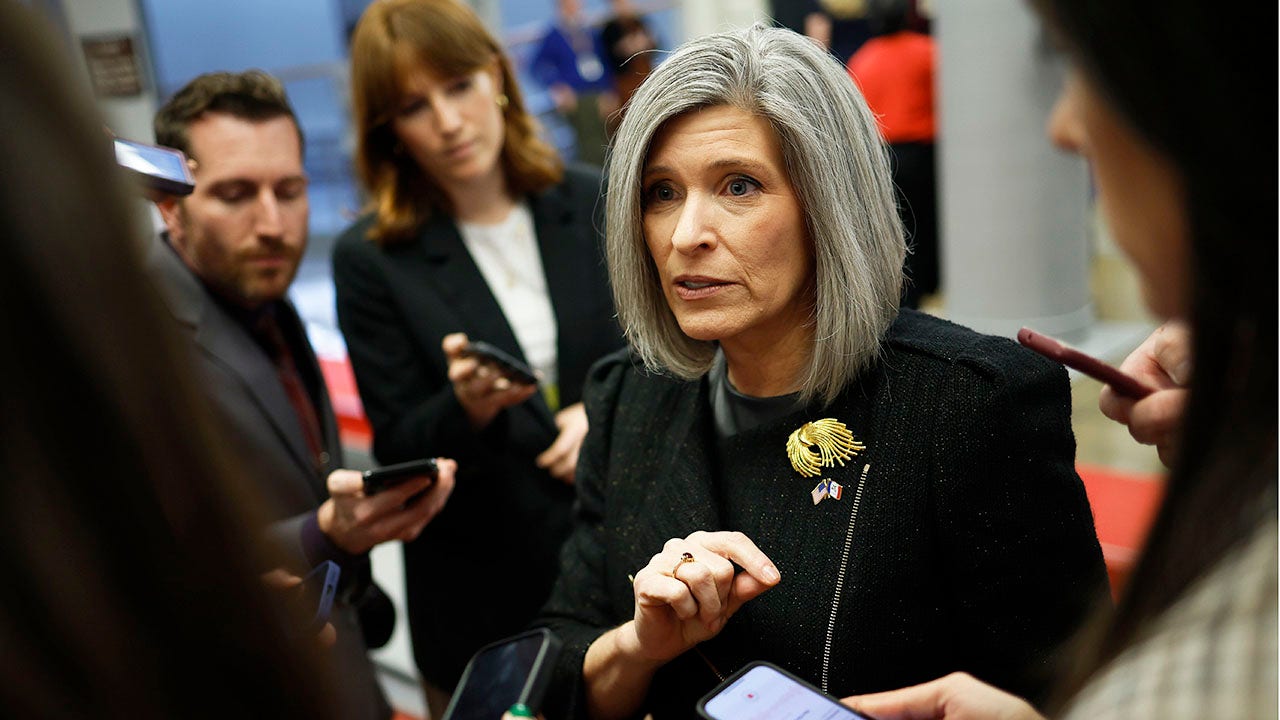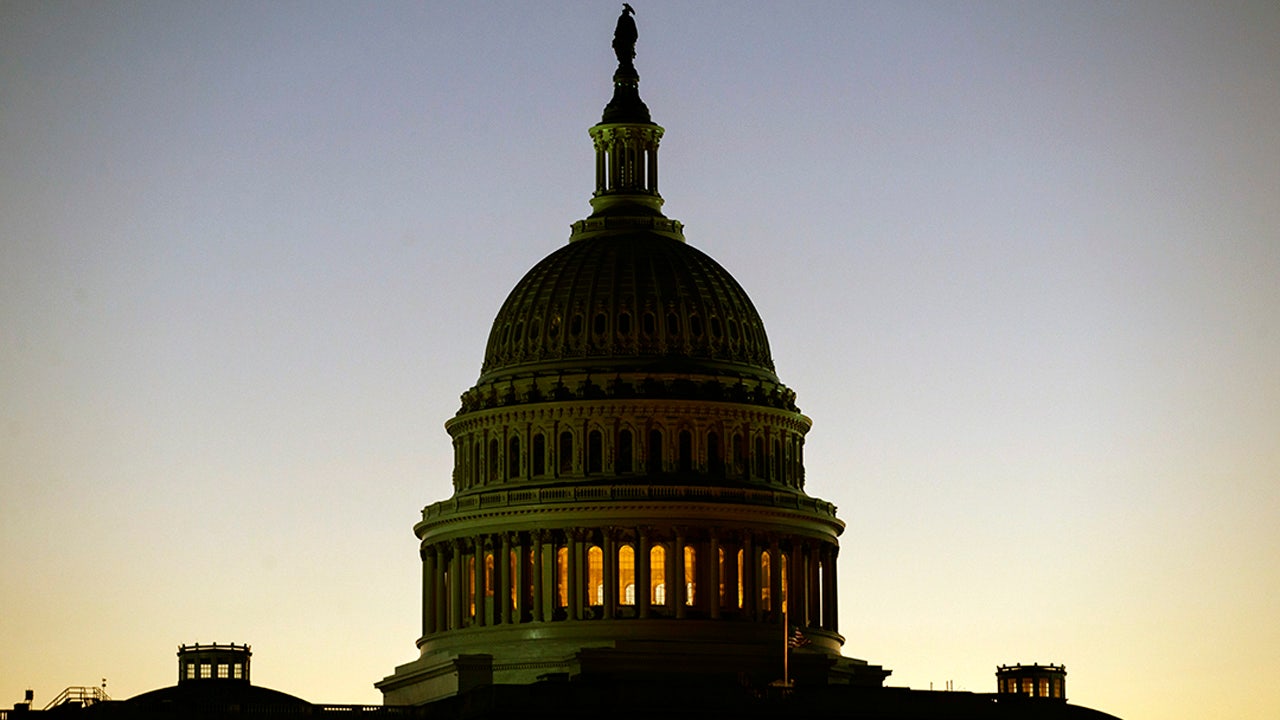Virginia
Virginia airports and trails win federal funding bids • Virginia Mercury

The Bipartisan Infrastructure Law (BIL) just keeps on giving and giving.
Passed in the fall of 2021, the law laid out a walloping $660 billion to be spread over five years for a smorgasbord of infrastructure upgrades. From the air to the sea to rail to roads, and even down to local multi-use trails, Virginia is included in the list of states and localities getting long overdue infrastructure fixes and funds to connect communities.
In order to receive the funds, localities with the ability to apply for grants must apply for a new round of funding each year until the program ends.
Last month, the United States Department of Transportation’s Federal Aviation Administration awarded $427 million to help modernize 245 airports in 39 states for fiscal year 2024, according to their press release.
Through BIL’s Airport Infrastructure Grants (AIG) program, airports are slated to get $25 billion this year to expand terminals and runways, help with air traffic upgrades or other initiatives.
In Virginia, that translates to 45 airports getting more than $76 million for fixes. These include big airports like Washington Dulles International (which obtained $22 million) and Richmond International Airport ($6.8 million), to smaller airports like Tangier Island ($113,000) and Chesterfield’s Executive ($294,000).
“We’re going to use the current allocation for a taxiway project,” said John Rutledge, Chief Operating Officer with the Richmond International Airport. “It’s Taxiway E and Taxiway C. They’re two connecting taxiways from the air carrier apron to a runway.”
An apron is basically the parking spot for airplanes and many times it’s also where passengers embark. Rutledge said this infrastructure upgrade isn’t just a cosmetic fix, it’s actually a safety issue.
“The FAA says you can’t have a direct connection from an apron to a runway because a pilot might go directly from the apron onto the runway and cause an incursion,” he explained. “This project will just relocate those two intersections.”
Rutledge said the project will go under construction within the next 60 to 90 days.
For the smaller Chesterfield County executive airport, the almost $300,000 in grants are going toward a runway expansion.
“So, it’s a 500 foot-long extension that takes us from a 5,800 foot-long runway to a 6,300 foot long runway,” said John Neal, Director of General Services for Chesterfield County’s airport. “The primary benefit is that the aircraft that fly out, they’ll be able to depart with a full tank of fuel. Where now they’re not able to because of the weight factor in taking off. So it gives them a little more flexibility to have a longer range of flight.”
Neal said that expansion is still far from being completed, so the current AIG funds are being used to help with easement acquisition from an adjacent property that’s currently filled with brush and trees and natural gas pipelines. After that, they’ll apply for more funding to help complete the project.
Virginia and D.C. trails get some funding, too
In another round of grants generated through the Bipartisan Infrastructure Law, the East Coast Greenway just received a $70-plus million shot of funding through a U.S. DOT program called Rebuilding American Infrastructure with Sustainability and Equity or RAISE.
“The East Coast Greenway is a 3,000-mile multi-use trail connected from Maine to Florida that is in the process of being developed and built as we speak,” said Elliott Caldwell, manager for the sections that run through Virginia and Washington D.C. “We’re about a third or so done with it.”
The Greenway is an alliance, Caldwell relayed, that helps localities apply for grants like RAISE by writing letters of support and working with local officials on design. It’s all done with a goal of helping these trails connect to the Greenway.
“I think jurisdictions like to be a part of the network because it brings visitors to their trails,” Caldwell said, who added the current Fall Line Trail project is a good example of jurisdictions working together.
For D.C. and surrounding areas, this means construction can begin on a project called the New York Avenue Bridge and Lincoln Connector Trail Project, which runs 1.8 miles at a cost of $25 million. The connection is part of an even bigger project, according to Caldwell.

“The Anacostia River Trail, which goes through Maryland and D.C., Prince George County and into D.C., goes under New York Avenue, which turns into U.S. Route 50,” he said. “And D.C.’s Department of Transportation is going to rehabilitate that bridge, over the Anacostia River.”
The project features a new shared-use path in Washtington’s Fort Lincoln neighborhood to the Anacostia Riverwalk Trail.
“We’re talking about tens of thousands of people that will have better access to the Anacostia River,” said Caldwell.
Down south in Virginia, more than $5 million will be used to construct more than two miles of the Suffolk Seaboard Coastline Trail.
“So the city of Suffolk has been working for years now on a rail trail,” Caldwell said. “The money they got for this particular segment is crucial because it goes through some wetland areas. And so there will be some boardwalking of this.”
When finished, the Seaboard Coastline Trail will cover 20 miles of former railroad passes and connect parts of Portsmouth and Chesapeake to the Isle of Wight County. It’s also part of a broader trail network that will connect to the South Hampton Roads Trail, which will connect Suffolk to Norfolk and then to Virginia Beach, Caldwell said.

Virginia
Five reasons FSU could struggle vs. Virginia

Florida State has had some pretty easy games since playing the Alabama Crimson Tide. That all changes when FSU hits the road to take on the Virginia Cavaliers in Week 5.
Not only will the Seminoles be away from Doak Campbell Stadium for the first time this season, but it’s a night game on a short week as they will play on Friday. On top of that, Virginia comes in with one of the top offenses in the nation which will be a big test for Florida State’s defense that’s only allowing 10 points per game.
If FSU wants to get where they ultimately want to go, these are the types of games they have to win. Here are five reasons why they could struggle to get to 4-0.
Conference road games are tough
As well as Florida State is playing, none of their opponents so far were conference opponents. No matter who the program is, it’s always tougher to win in your conference, especially on the road. A turnover here and a big play there by the other team could start a chain of events that leads to trouble.
Florida State’s defense will face it’s biggest test so far
FSU has only yielded 10 points per game this season. However, they haven’t faced an offense like Virginia which has several running backs averaging over six yards per carry and a trio of capable wide receivers, which has led to them scoring over 44 points per game. Defensively, Florida State will need to play its best game of the season.
FSU’s offense could have a bad day
Florida State has lit teams up for 58 points per game. It’s been a cakewalk basically, but a some point, every offense, no matter how good it is, has an off night. A few bad drives could put Virginia’s high-powered offense in great positions to score and put the pressure on Florida State, and pressure burst pipes sometimes.
Turnovers can ignite a downward spiral
The Seminoles have only turned the ball over three times this season. Road games can get funky in a hurry if a turnover or two happens early. Florida State needs to protect the football to avoid making an already tough game even tougher.
Getting off to a slow start
This point is closely related to the previous four. If Florida State gets off to a slow start it will make the game tougher, their defense could struggle, their offense may not click on all cylinders, and that may lead to turnovers. Especially since this game is on the road, the Seminoles need to get off to a fast start.
Contact/Follow us @FSUWire on X (formerly Twitter) and like our page on Facebook to follow ongoing coverage of Florida State news, notes and opinions. You can also follow Matthew on X @StarConscience
Virginia
Flat sales, soaring prices, and rising inventory highlight VA housing market in August

RICHMOND, Va. (WDBJ) – The housing market in Virginia held steady as home sales remain stagnant from last year despite increased prices and an inventory increase, according to a sales report for August released by Virginia REALTORS®.
Throughout the state, median sales price for a home in August reached $430,000, a 3.6% increase from the year before. Flat sales and higher price points pushed the sold dollar volume to $5.1 billion, up 4.4% year-over-year, according to the organization.

According to the organization, there were 24,606 active listings across the state by the end of August, a 26.2% rise from 2024. 13,000 new properties were listed in the month alone.
“Inventory growth has been one of the big stories of 2025,” says Virginia REALTORS® Chief Economist Ryan Price.
“With listings up more than 26% from last year, buyers across the commonwealth are seeing more options than they’ve had in a long time. While supply is improving, demand continues to be tempered by economic uncertainty.”
The organization mentions that properties are taking longer to sell, staying on the market for a median 17 days (five days longer than 2024). Since 2019, it has been the slowest pace in the month of August. Pending sales, however it showed a decent increase of 3.4% year-over-year.
Despite a downward trend for mortgage rates, there was a slight increase in the rate. The average 30-year fixed mortgage rate dropped just past 6.25% in the middle of September.
The president of the organization, Lorraine Arora, describes the drop in mortgage rates as a “positive sign” for buyers and sellers and if the trend continues, stronger sales could close out 2025.
About Virginia REALTORS®
Virginia REALTORS® (previously known as the Virginia Association of REALTORS®) is the largest trade association in Virginia, representing nearly 34,000 REALTORS® engaged in the residential and commercial real estate business. Virginia REALTORS® serves as an advocate for homeownership and represents the interests of property owners in the Commonwealth of Virginia. For more information, visit www.virginiarealtors.org or follow Virginia REALTORS® on Facebook and LinkedIn.
NOTE: The term REALTOR® is a registered collective membership mark that identifies a real estate professional who is a member of the National Association of REALTORS® and subscribes to its strict Code of Ethics.
Copyright 2025 WDBJ. All rights reserved.
Virginia
Southwest, Central Virginia Weather | 7:45 a.m. – Sept. 14, 2025

If you need help with the Public File, call (540) 512-1512
At WSLS, we are committed to informing and delighting our audience. In our commitment to covering our communities with innovation and excellence, we incorporate Artificial Intelligence (AI) technologies to enhance our news gathering, reporting, and presentation processes. Read our article to see how we are using Artificial Intelligence.



















